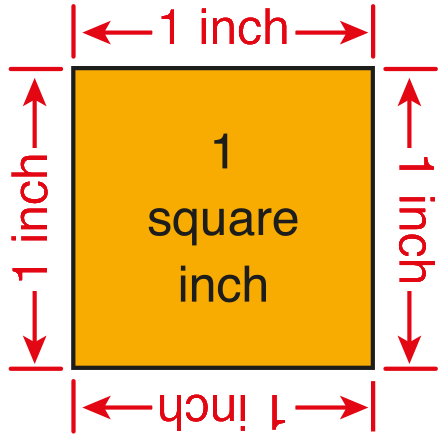Students find the areas of various shapes by covering them with square-inch tiles. This activity provides many opportunities to observe students’ work.
Content in this Lesson
- Recognizing that different shapes can have the same area [E4].
- Comparing and finding the area of shapes by counting square units using efficient counting strategies [E1, E6].
- Using labels to explain what numbers mean [MPE6].
Assessment in this Lesson
| Assessment | Expectation Assessed |
|---|---|
|
Tiles 2 |
|
|
DPP Item E Two Rectangles Teacher Guide - digital |
|

















